Home>Maintenance & Safety>Child & Elderly Safety at Home>When To Start Straw Sippy Cup
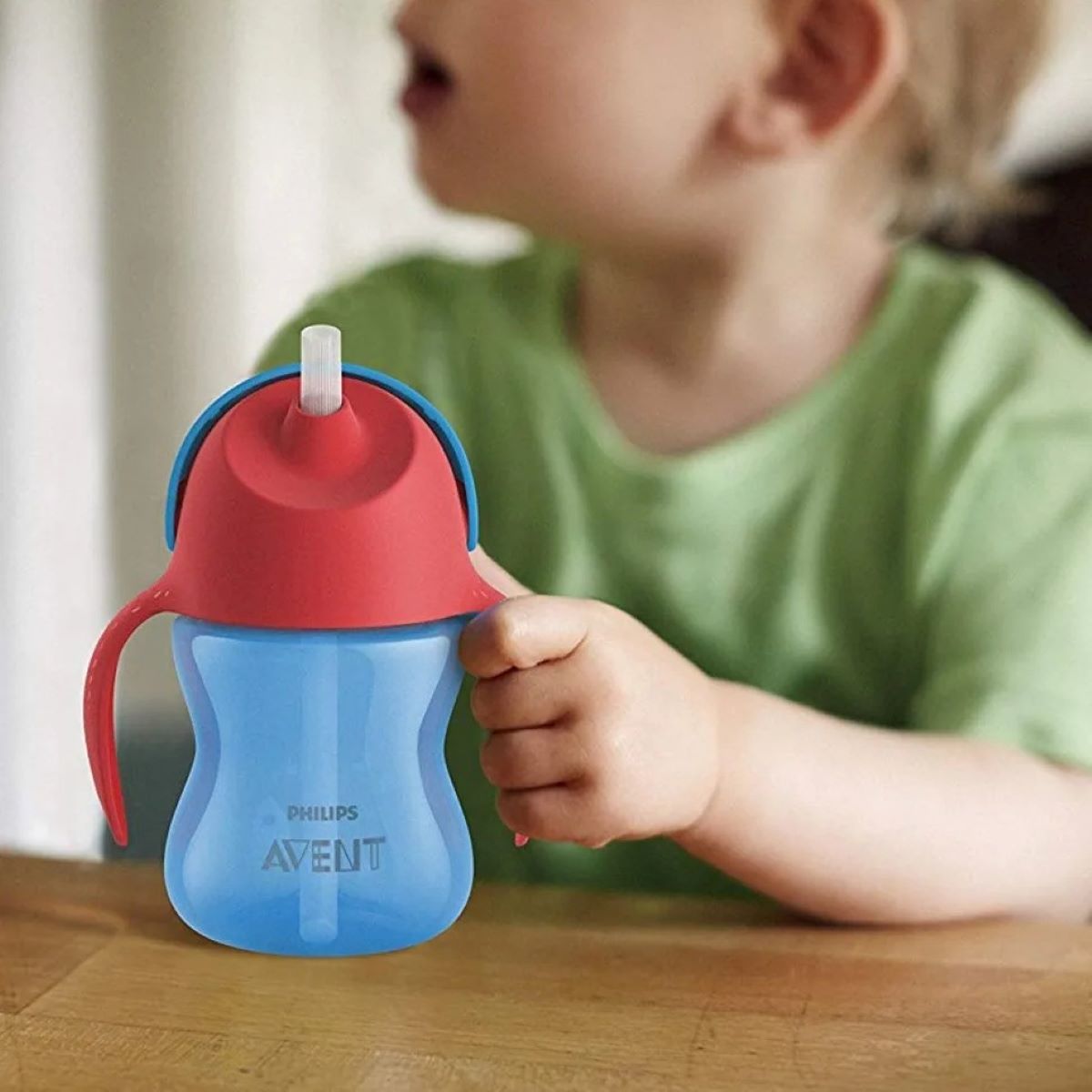

Child & Elderly Safety at Home
When To Start Straw Sippy Cup
Modified: August 17, 2024
Discover the best time to introduce a straw sippy cup to ensure child and elderly safety at home. Learn the benefits and tips for a smooth transition.
(Many of the links in this article redirect to a specific reviewed product. Your purchase of these products through affiliate links helps to generate commission for Storables.com, at no extra cost. Learn more)
Introduction
Introducing your child to a straw sippy cup is an important milestone in their development. It marks the transition from bottle or breast to a more independent way of drinking. Straw sippy cups are designed to help children learn to sip rather than suck, promoting oral motor development and reducing the risk of dental issues associated with prolonged bottle use.
As a parent or caregiver, understanding the right time to introduce a straw sippy cup and how to do so effectively is crucial for your child's overall well-being. This article will guide you through the process, from recognizing the signs that your child is ready for a straw sippy cup to providing tips for a smooth transition. Additionally, we will explore the benefits of using a straw sippy cup and address when it may be appropriate to stop using one.
By the end of this article, you will have a comprehensive understanding of the role of straw sippy cups in your child's development and how to navigate this important stage with confidence. Let's embark on this journey together, ensuring the safety and comfort of your little one every step of the way.
Key Takeaways:
- Introduce a straw sippy cup when your child shows interest in self-feeding and has good motor skills. It promotes independence, oral motor development, and dental health, making mealtimes more fun and less messy.
- Transition away from a straw sippy cup when your child can drink from a regular cup or straw confidently. This promotes independence, oral motor coordination, and dental health, supporting their continued growth and well-being.
Read more: What Is A Sippy Cup?
Benefits of Using a Straw Sippy Cup
Introducing a straw sippy cup to your child offers a myriad of benefits that contribute to their overall development and well-being. Here are some of the key advantages:
-
Oral Motor Development: Using a straw sippy cup encourages the development of oral motor skills. Unlike traditional sippy cups that require sucking, straw sippy cups promote a sipping action, which strengthens the muscles in the mouth and tongue. This can have a positive impact on speech development and swallowing patterns.
-
Dental Health: Sipping from a straw sippy cup reduces the risk of dental issues commonly associated with prolonged bottle use, such as tooth decay and misalignment of the teeth. By promoting a more natural drinking motion, straw sippy cups support dental health and minimize the potential for oral problems.
-
Independence and Confidence: Transitioning to a straw sippy cup empowers children to drink on their own, fostering a sense of independence and self-confidence. As they master the skill of sipping from a straw, they gain a greater sense of control over their actions, which is essential for their emotional and cognitive development.
-
Versatility: Straw sippy cups are versatile and can be used in various settings, whether at home, in the car, or during outdoor activities. Their spill-resistant design makes them suitable for travel and on-the-go use, providing convenience for both parents and children.
-
Transition from Bottle or Breast: Introducing a straw sippy cup marks an important transition from bottle or breast feeding to a more mature drinking method. This gradual shift prepares children for the eventual cessation of bottle feeding, supporting their transition to solid foods and more advanced feeding techniques.
-
Hydration: Encouraging regular sipping from a straw sippy cup helps children stay hydrated throughout the day. This is particularly beneficial during hot weather or when engaging in physical activities, ensuring that they maintain adequate fluid intake for optimal health.
-
Reduction of Spills: Straw sippy cups are designed to minimize spills, reducing the likelihood of messes and accidents during mealtimes or while on the move. This feature not only eases the cleaning process for parents but also promotes a more controlled and tidy drinking experience for children.
By recognizing and embracing these benefits, parents and caregivers can make informed decisions regarding the introduction of straw sippy cups to support their child's growth and development.
Signs Your Child is Ready for a Straw Sippy Cup
Recognizing the signs that indicate your child is ready for a straw sippy cup is essential for a smooth and successful transition. While every child develops at their own pace, there are several key indicators that can help you determine if the time is right to introduce a straw sippy cup into their daily routine.
Motor Skills Development
One of the primary signs that your child may be ready for a straw sippy cup is the development of their motor skills, particularly their ability to bring objects to their mouth and hold them steadily. As children grow and their coordination improves, they become more adept at handling items such as toys and utensils. If you notice your child demonstrating increased control and precision in grasping and manipulating objects, it may be an indication that they are ready to handle a straw sippy cup with confidence.
Sucking Reflex
Another important sign to look for is a diminishing sucking reflex. While babies are born with a strong sucking reflex that is essential for breastfeeding or bottle feeding, this reflex naturally decreases as they grow older. If you observe that your child is relying less on the sucking reflex and showing a preference for sipping motions during feeding times, it could be a sign that they are ready to transition to a straw sippy cup.
Read more: How Old For A Sippy Cup?
Curiosity and Imitation
Children often exhibit curiosity and a desire to imitate the actions of adults and older siblings. If your child shows an interest in observing how others drink from a straw or attempts to mimic the motion using their own toys or makeshift objects, it may indicate their readiness to explore a straw sippy cup. This imitation behavior suggests that they are receptive to learning new drinking techniques and may benefit from the introduction of a straw sippy cup as part of their developmental journey.
Comfort with Sitting Up
As children become more adept at sitting up independently and maintaining good posture during feeding times, they are better positioned to handle a straw sippy cup effectively. The ability to sit up without support and remain stable while holding and manipulating objects is a positive sign that your child has the physical capability to engage with a straw sippy cup in a comfortable and controlled manner.
Interest in Self-Feeding
An emerging interest in self-feeding and a desire for increased independence during meal and snack times can also signal that your child is ready for a straw sippy cup. If they express a preference for holding their own utensils or attempting to drink from a regular cup, it indicates a growing autonomy in their approach to mealtimes. Introducing a straw sippy cup aligns with this natural progression towards self-sufficiency and can further encourage their sense of autonomy and capability.
By observing these signs and considering your child's individual development, you can determine the most opportune time to introduce a straw sippy cup, setting the stage for a positive and empowering experience that supports their growth and independence.
How to Introduce a Straw Sippy Cup
Introducing a straw sippy cup to your child is a significant step that requires patience, encouragement, and a supportive approach. By following these practical steps, you can facilitate a smooth and successful transition to a straw sippy cup, ensuring that your child feels comfortable and confident with this new drinking method.
Read more: Which Sippy Cup Is Best For Teeth?
Choose the Right Time
Selecting the right time to introduce a straw sippy cup is crucial. It's advisable to initiate this transition when your child is calm and alert, such as during a regular meal or snack time. Avoid introducing the straw sippy cup during periods of fussiness or fatigue, as this may lead to resistance or reluctance to engage with the new drinking tool.
Familiarize Your Child with the Cup
Before offering the straw sippy cup for drinking, allow your child to explore and play with it. This helps them become familiar with the cup's shape, texture, and functionality. Encourage them to hold the cup, examine the straw, and become comfortable with its presence. This initial interaction can pique their curiosity and create a positive association with the straw sippy cup.
Demonstrate Sipping Actions
Demonstrate sipping motions using the straw sippy cup to show your child how it works. Take a few sips yourself, making exaggerated sipping sounds to capture their attention. Children often learn by imitation, and observing your actions can help them understand the purpose of the straw and how to use it for drinking.
Offer Small Sips of Familiar Liquids
Fill the straw sippy cup with a familiar liquid that your child enjoys, such as water or diluted fruit juice. Offer small sips from the cup, holding it at a slight angle to facilitate the flow of liquid through the straw. Encourage your child to take gentle sips, providing verbal praise and positive reinforcement for their efforts.
Read more: How To Use A Nuby Sippy Cup
Be Patient and Supportive
It's important to remain patient and supportive throughout the process. Some children may take to the straw sippy cup immediately, while others may require more time to adjust. Avoid applying pressure or expressing frustration if they initially struggle with the new drinking method. Instead, offer gentle encouragement and reassurance, emphasizing that it's okay to take their time to adapt.
Gradual Transition
As your child becomes more comfortable with the straw sippy cup, gradually incorporate it into their daily routine. Start by offering the cup during one meal or snack time, then expand its use as they become more proficient. Consistency and gradual exposure can help solidify their confidence and competence with the straw sippy cup.
By following these steps and maintaining a supportive, encouraging attitude, you can effectively introduce a straw sippy cup to your child, setting the stage for a positive and successful transition to this beneficial drinking tool.
Tips for Transitioning to a Straw Sippy Cup
Transitioning to a straw sippy cup is a significant milestone for your child, and it's natural to encounter some challenges along the way. However, with the right approach and a few helpful tips, you can navigate this transition smoothly, ensuring that your child embraces the straw sippy cup with confidence and enthusiasm.
Familiarize with Different Straw Types
Explore various types of straw sippy cups to find one that best suits your child's preferences and developmental stage. Some cups feature soft, flexible straws, while others have weighted straws to facilitate drinking from different angles. By understanding the options available, you can select a cup that aligns with your child's comfort and abilities.
Practice Patience and Encouragement
Patience is key during the transition period. Encourage your child to explore the straw sippy cup at their own pace, offering gentle guidance and positive reinforcement. Celebrate small victories and progress, acknowledging their efforts as they adapt to this new method of drinking.
Maintain a Consistent Routine
Incorporate the straw sippy cup into your child's daily routine, offering it at regular meal and snack times. Consistency helps familiarize your child with the cup and reinforces its role as a primary drinking tool. Over time, the straw sippy cup will become an integral part of their feeding habits.
Offer Diverse Beverage Options
Introduce a variety of beverages in the straw sippy cup to expand your child's palate and interest in using the cup. Water, milk, and diluted fruit juices are excellent choices to provide a range of flavors while promoting hydration. By offering diverse options, you can make the experience of using the straw sippy cup more engaging and enjoyable for your child.
Monitor and Adjust Straw Positioning
Observe how your child positions the straw in their mouth while using the sippy cup. Some children may initially struggle to find the correct angle for effective sipping. Gentle adjustments and guidance can help them discover the optimal positioning, ensuring a smooth and efficient drinking experience.
Read more: How To Use Tommee Tippee Sippy Cup
Encourage Independent Exploration
Allow your child to explore the straw sippy cup independently, fostering a sense of ownership and autonomy. While guidance is important, granting them the freedom to manipulate the cup and experiment with the straw encourages self-discovery and confidence in using the new drinking tool.
Celebrate Progress and Adaptation
As your child becomes more adept at using the straw sippy cup, celebrate their progress and adaptation to this new method of drinking. Acknowledge their growing independence and capability, reinforcing their confidence and enthusiasm for embracing the straw sippy cup as a fundamental part of their daily routine.
By implementing these tips and maintaining a supportive, patient approach, you can facilitate a seamless transition to a straw sippy cup, nurturing your child's development and independence in the process.
When to Stop Using a Straw Sippy Cup
Knowing when to transition away from a straw sippy cup is as important as recognizing the right time to introduce it. While straw sippy cups offer numerous benefits during the early stages of a child's development, there comes a point when they may no longer be necessary or appropriate. Understanding the signs that indicate when to stop using a straw sippy cup can help parents and caregivers navigate this transition effectively.
Signs of Readiness
One of the primary indicators that it may be time to discontinue the use of a straw sippy cup is the child's ability to drink from an open cup or a regular straw without difficulty. As children grow and their motor skills and coordination improve, they become more capable of handling conventional drinking vessels. Observing their proficiency in using these alternatives can signal their readiness to move on from the straw sippy cup.
Read more: How To Teach A Baby To Use A Sippy Cup
Speech and Oral Development
Another consideration for discontinuing the use of a straw sippy cup is the impact on speech and oral motor development. While straw sippy cups initially support oral motor skills, prolonged use may inadvertently hinder the advancement of certain oral motor functions. As children mature, the transition to drinking from open cups or regular straws can further enhance their oral motor coordination and speech articulation.
Independence and Confidence
As children grow older, promoting independence and self-reliance becomes increasingly important. Transitioning away from a straw sippy cup encourages children to adapt to more mature drinking methods, fostering a sense of capability and autonomy. By embracing conventional drinking vessels, they gain confidence in their abilities and become more self-sufficient during mealtimes and social interactions.
Dental Health Considerations
From a dental health perspective, the prolonged use of sippy cups, including straw sippy cups, can pose risks if not managed appropriately. Extended exposure to sugary or acidic liquids through prolonged sippy cup use may contribute to dental issues such as tooth decay and enamel erosion. Transitioning to open cups or regular straws can mitigate these risks and promote better oral health practices.
Gradual Transition
When considering the transition away from a straw sippy cup, it's important to approach it gradually and sensitively. Introducing open cups or regular straws alongside the straw sippy cup allows children to familiarize themselves with these alternatives, facilitating a smooth and comfortable shift. Consistency and positive reinforcement during this transition period can help children embrace the change with confidence.
By recognizing these signs and factors, parents and caregivers can determine the appropriate time to phase out the use of a straw sippy cup, supporting their child's continued development and well-being.
Frequently Asked Questions about When To Start Straw Sippy Cup
Was this page helpful?
At Storables.com, we guarantee accurate and reliable information. Our content, validated by Expert Board Contributors, is crafted following stringent Editorial Policies. We're committed to providing you with well-researched, expert-backed insights for all your informational needs.
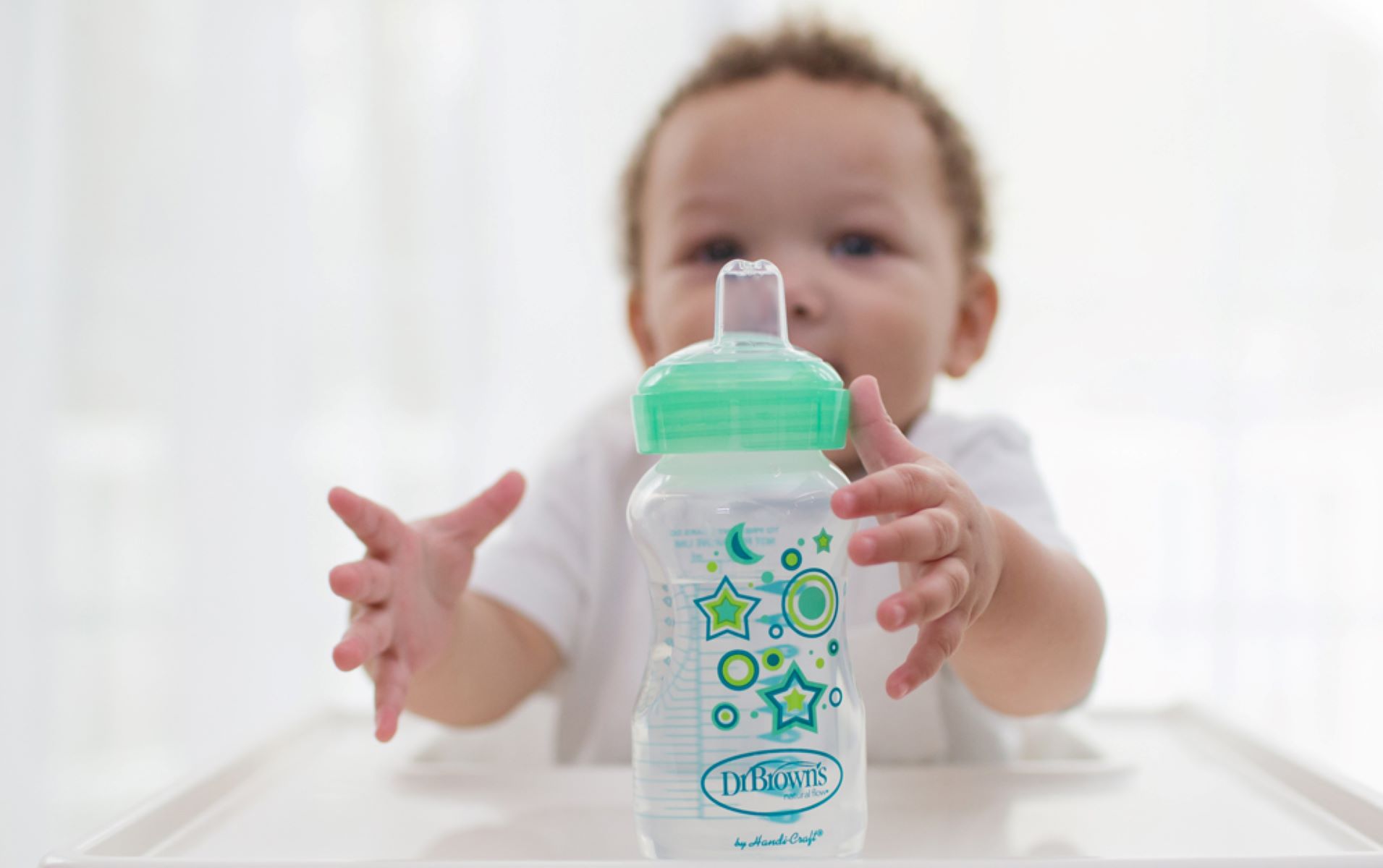
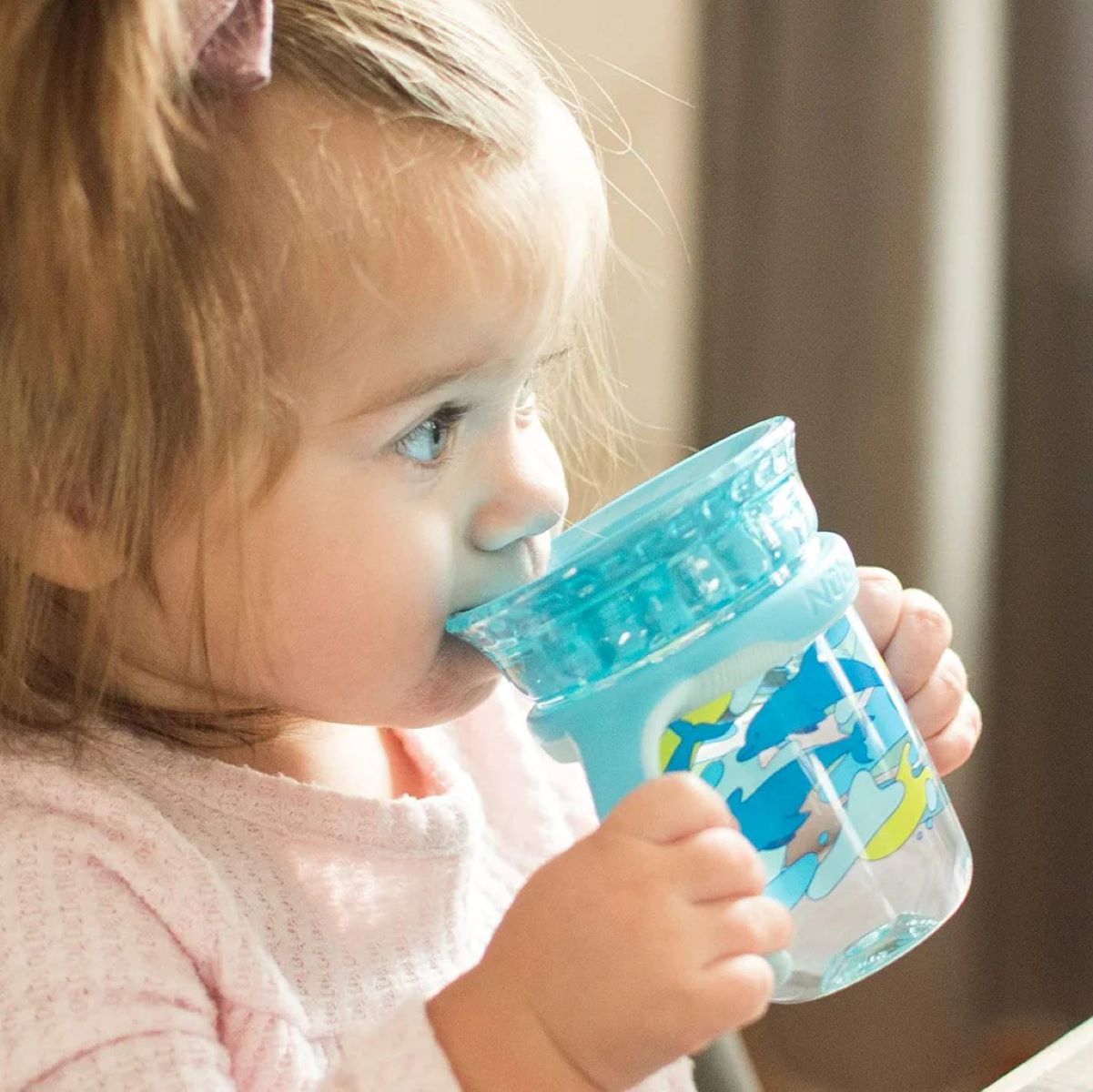
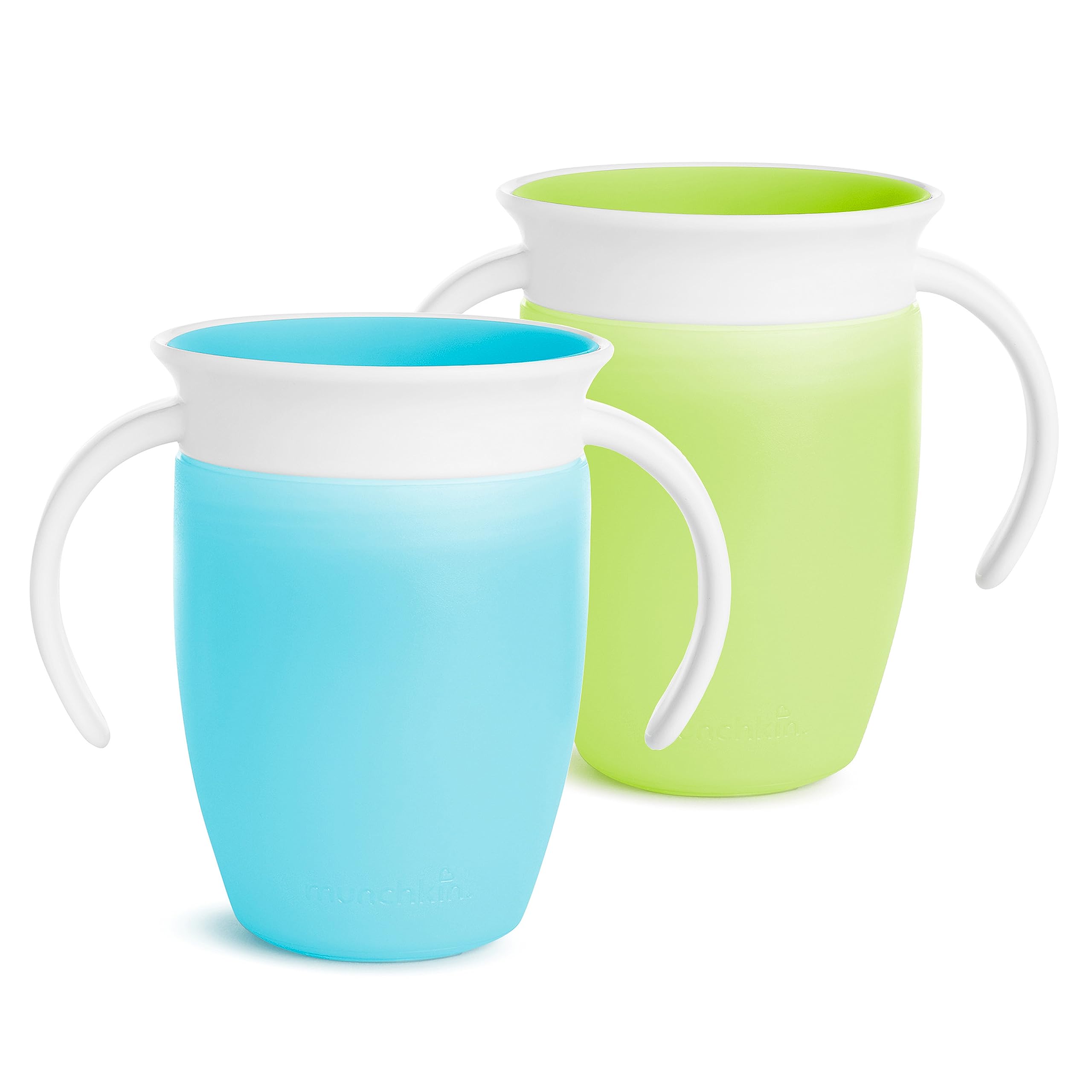
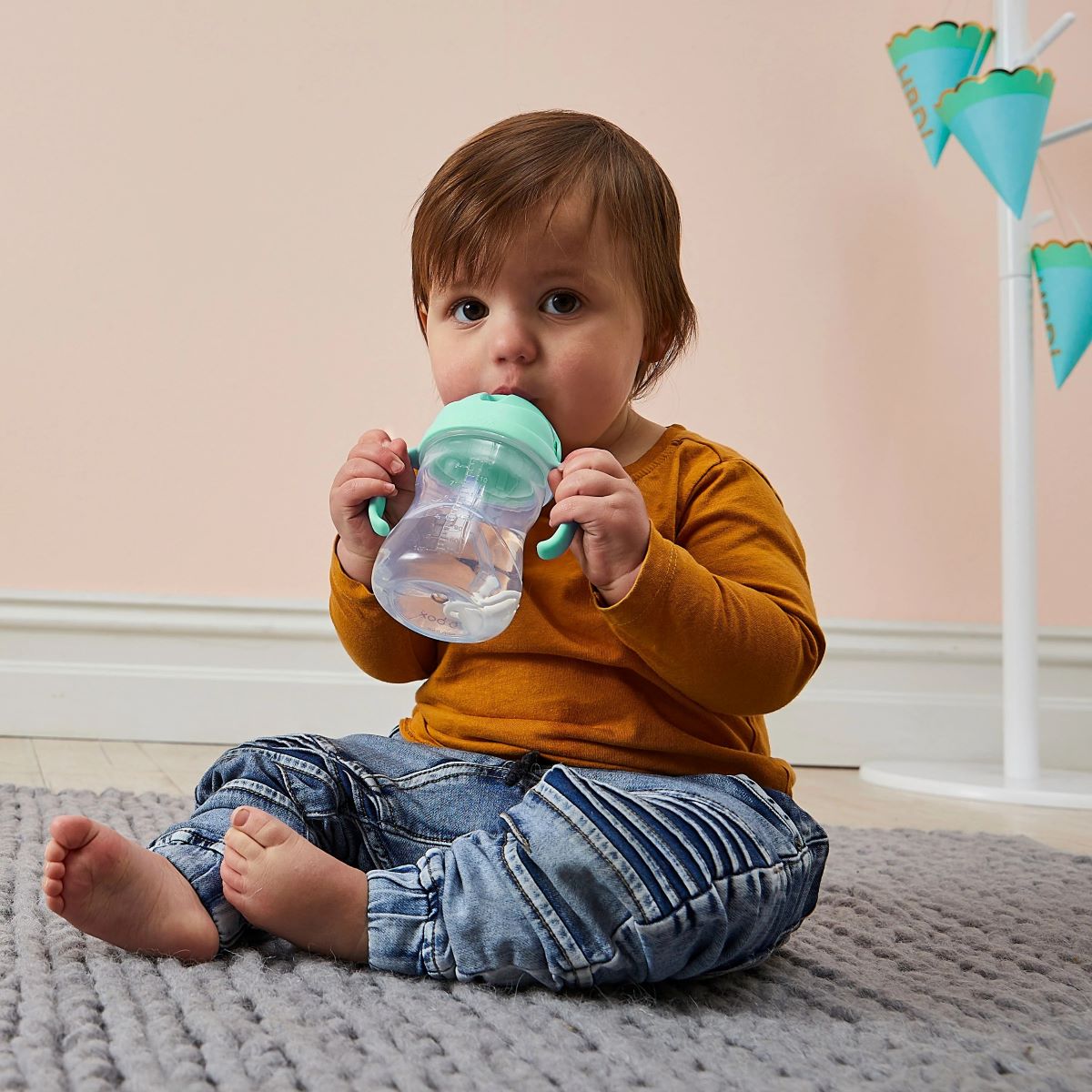
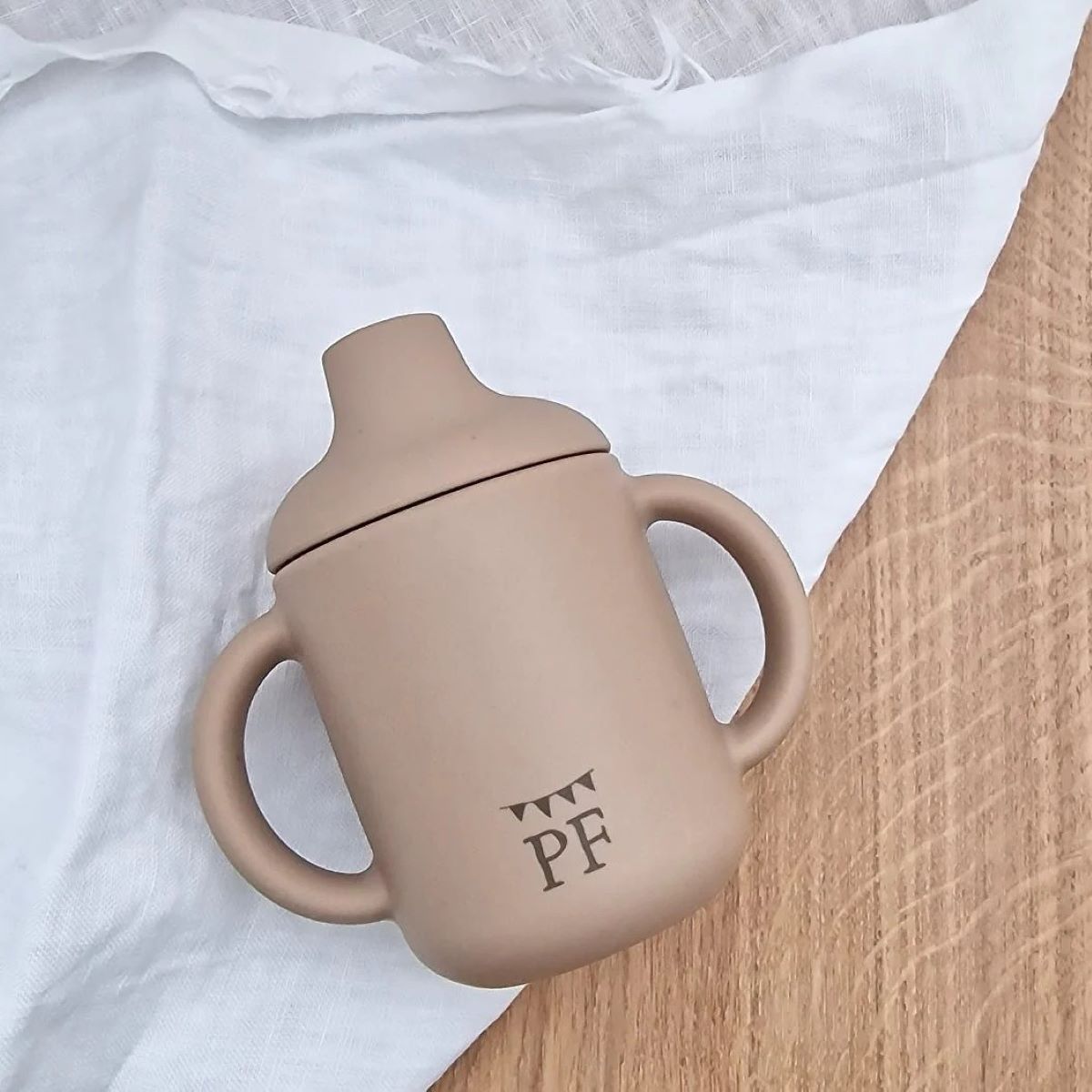
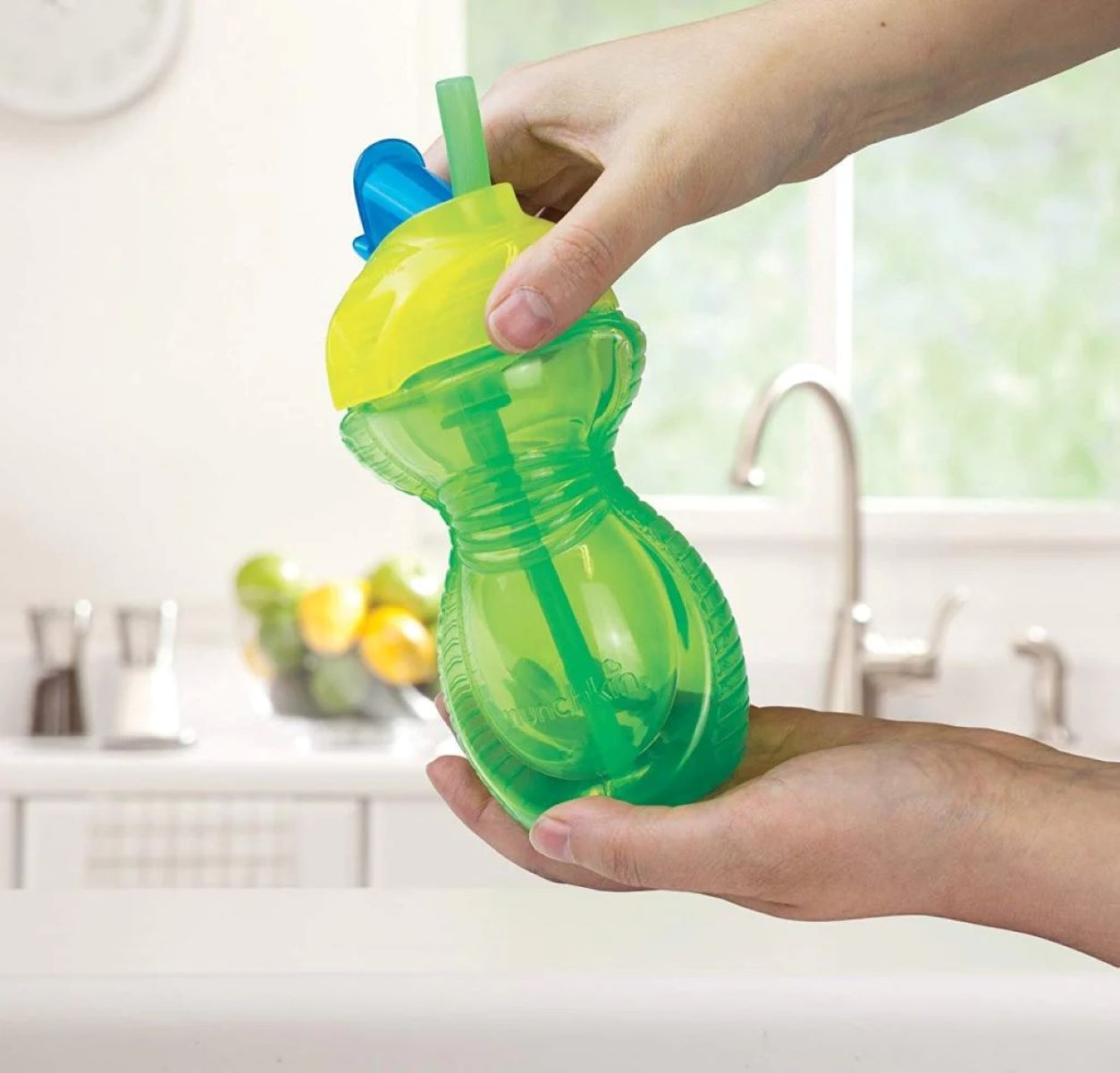
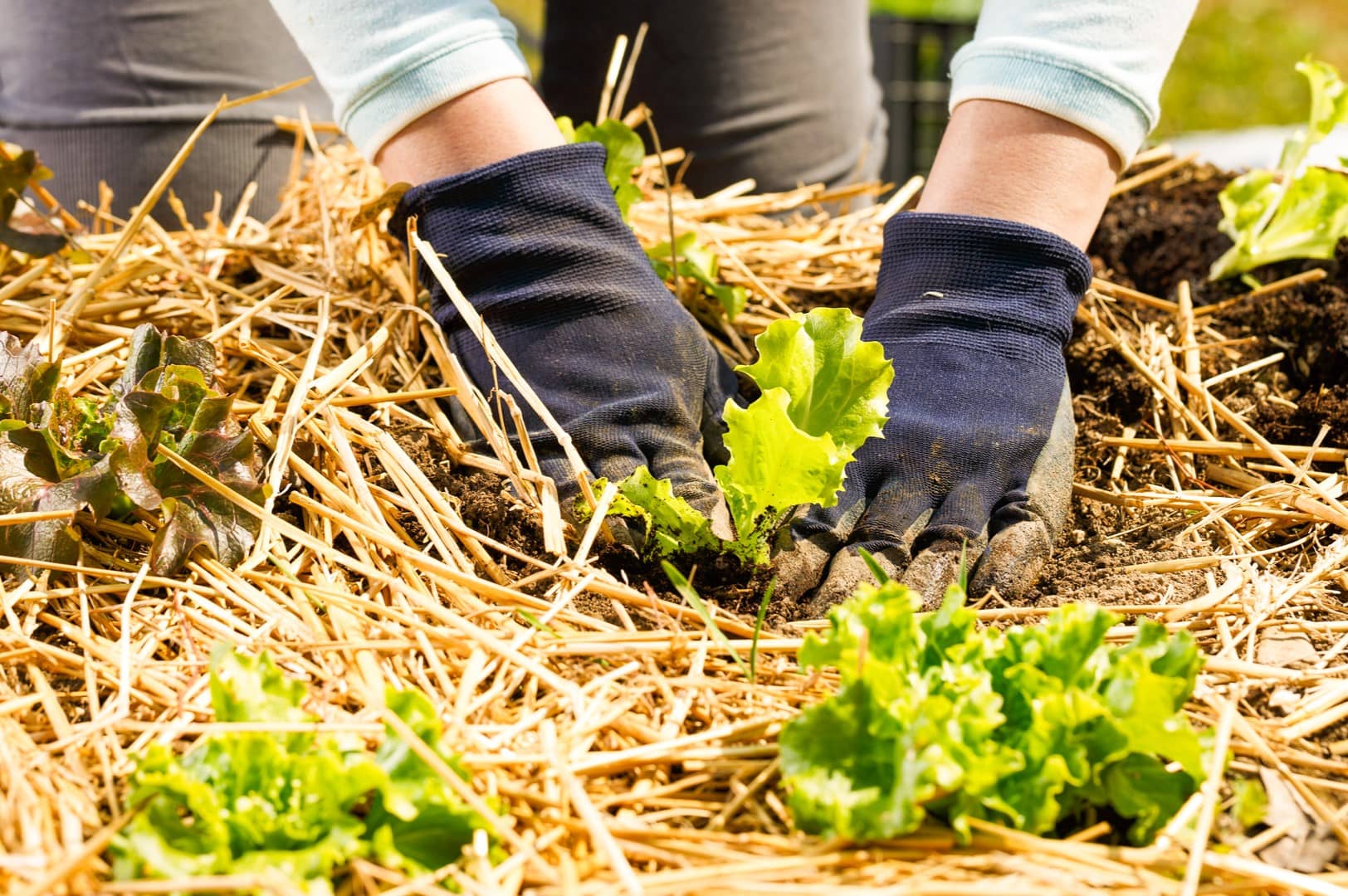
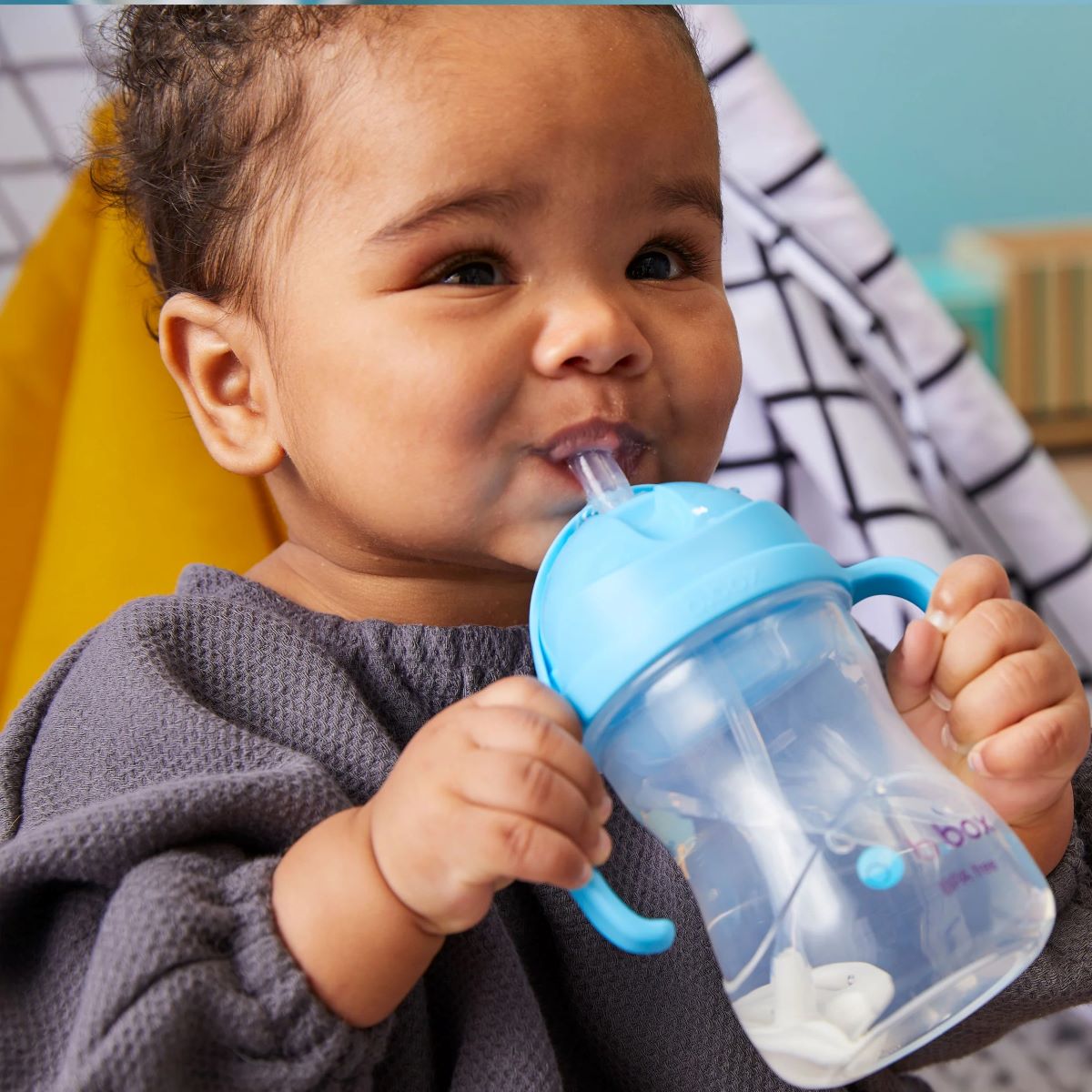


0 thoughts on “When To Start Straw Sippy Cup”